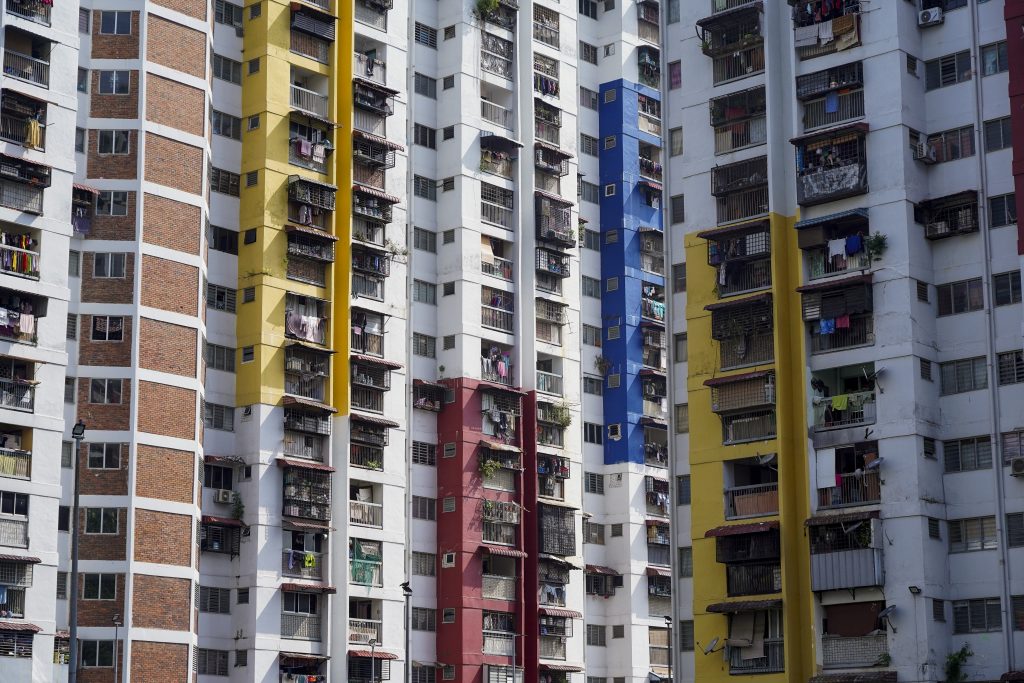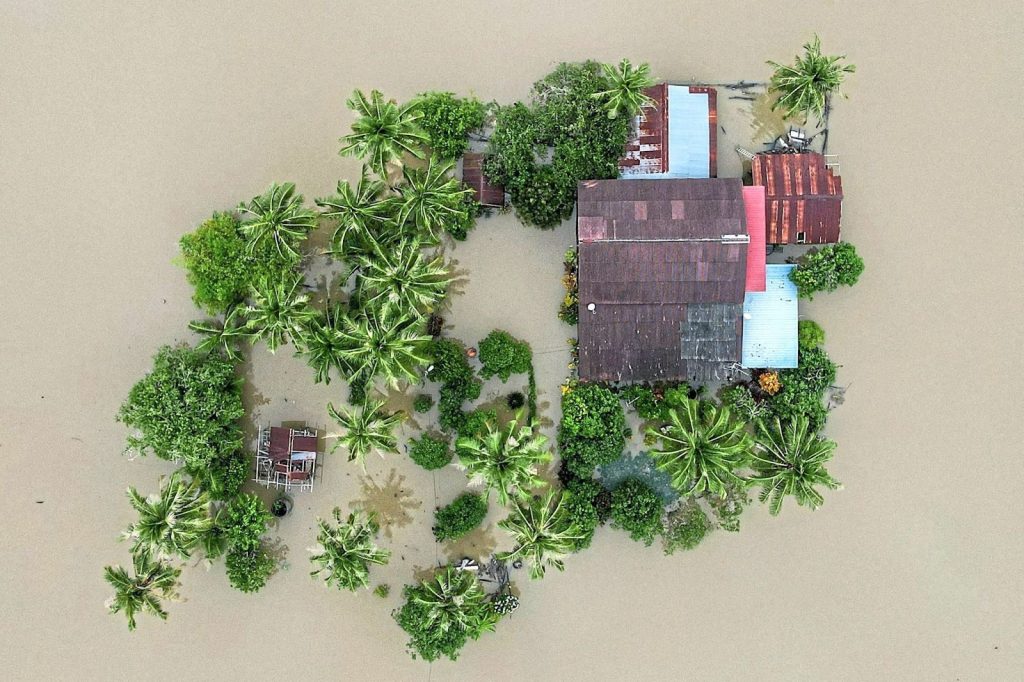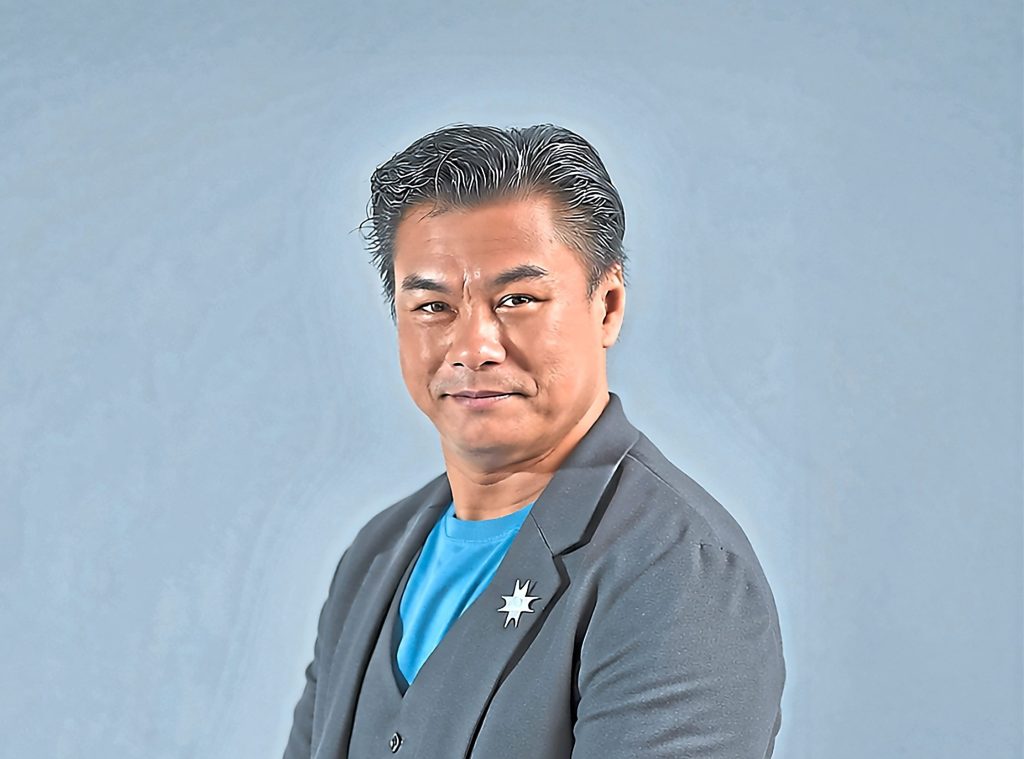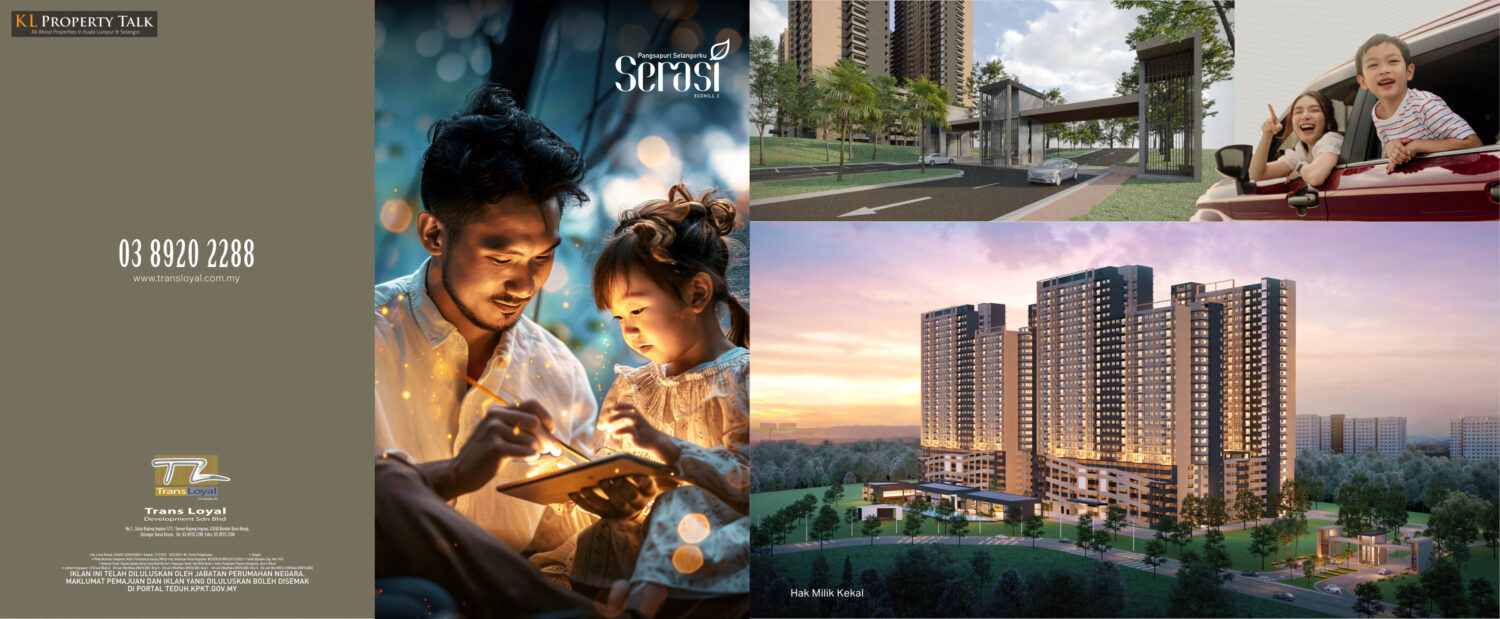Low-cost flat dwellers ‘feeling the heat’

The buildings are often compact and congested, lacking good air circulation and ventilation systems
THESE days, high-rise apartment dweller Nor Shamsiah Ibrahim sighs with relief whenever there is a downpour as she finds the daytime heat unbearable.
“At least the rain makes it cooler for us here,” said the 50-year-old food caterer who resides at a low-cost apartment complex in Pandan Utama.
She said during the day, the temperature goes up to 35°C but she is forced to put up with the sweltering heat as she has to stay home all day to prepare food ordered by her customers.
Her seventh-floor 650 sq ft apartment unit has no air-conditioners. There are two ceiling fans in the living room and one in each of the three bedrooms. Her kitchen is fitted with an exhaust fan to remove smoke and odours.
“Although the rain provides some relief, my family and I still feel the heat because the walls get heated up too. What we do is take frequent showers to cool down and try to adapt to the heat,” the mother-of-two told Bernama.
Homemaker Afifah Ibrahim, 63, who stays on the 10th floor of the same apartment block, said it does not get too hot in the units located on the upper floors especially when the breeze blows in through the house.
“I’ve also placed some potted plants on the balcony and they help to cool down the interior of the house,” she said.
She also uses minimal furniture because “if the house is cluttered, it becomes hotter and the airflow is restricted”.
Meanwhile, Siti Nur Masyitah Ismail, 40, who stays in the high-rise Sentul Murni PPR (People’s Housing Project) scheme in Kuala Lumpur, said she was forced to buy two portable air-conditioning units as her four children, aged between one and seven, could not sleep at night due to the heat.
“Our electricity bill has now gone up to RM100 a month. My husband and I have to work longer hours to earn more money to meet the higher cost of living,” she said.
One tip to cool the house is to place potted plants, which help lower the temperature (pic: BLOOMBERG)
Trapped In Heat
The ongoing heat wave in Malaysia will likely be around for a few more months, according to media reports.
On May 2, Natural Resources and Environmental Sustainability Minister Nik Nazmi Nik Ahmad said the El Nino phenomenon currently hitting the country is expected to continue for the next two months. He also said forecasts indicate that this year could be the country’s hottest year.
On May 14, Malaysian Meteorological Department DG Muhammad Helmi Abdullah said Malaysians can expect drier conditions over the next few months due to the south-west monsoon season which started on May 17 and will persist until September.
He said most areas will see fewer days of rain due to reduced cloud formation and lower rainfall distribution.
People residing in high-rise, low-cost flats and apartments — comprising residential units with total floor areas of below 900 sq ft — are feeling the effects of the heat wave more than others.
According to Nik Nazmi, El Nino phenomenon currently hitting the country is expected to continue for the next 2 months
This is because their buildings, usually designed with cost-effectiveness in mind, tend to be more compact and congested and lack good air circulation and ventilation systems. In short, their homes heat traps.
Most residents of such housing schemes belong to the bottom 40% income group (B40) category and they cannot afford to install air-conditioners in their homes.
The Ministry of Housing and Local Government’s National Housing Department DG Datuk Jayaselan K Navaratnam, meanwhile, said in urban areas, high-rise buildings, including flats and apartments, create heat traps.
“Between two houses (or flats/apartments), there’s a funnel effect that traps heat, making ventilation a critical issue,” he told Bernama recently on the sidelines of Real Estate & Housing Developers’ Association Malaysia Institute’s Regional Housing Conference in Petaling Jaya, Selangor.
He added: “It’s all about the design…in the future, authorities and developers need to ensure that projects work with nature, not against it.”
Jayaselan said developers must consider various environmental factors when designing homes, both landed and high-rise, to ensure they are energy-efficient and comfortable for the occupants.
“If buildings are designed to harmonise with natural elements, it reduces negative impacts. This requires considering how the buildings interact with wind patterns and other environmental factors,” he said.
When buying a house from a developer, the latter often emphasises its orientation (the direction the property is facing), but rarely do they discuss the direction of the natural wind flow.
“Whether the wind is moving east-west or in another direction, this information is usually not provided,” he added.
Malaysians can expect drier conditions over the next few months due to the southwest monsoon season, says Muhammad Helmi
Passive Cooling Techniques
Meanwhile, experts interviewed by Bernama said high-rise buildings, including flats and apartments, must employ passive cooling techniques to reduce indoor temperatures naturally. These techniques can also check the increasing energy demand driven by the growing use of air-conditioners in Malaysia.
One such technique is night ventilation, which refers to a passive cooling strategy where buildings are designed to take advantage of naturally cooler night-time temperatures to reduce indoor temperatures.
This is achieved by strategically positioning windows and vents, and keeping them open at night, to allow cool air to enter and circulate throughout the building during the night.
Senior lecturer of architecture at the Faculty of Built Environment and Surveying at Universiti Teknologi Malaysia Dr Doris Toe Hooi Chyee said night ventilation can significantly reduce the cooling load of buildings and improve occupants’ thermal comfort as well as reduce the need for nocturnal air conditioning.
“This technique leverages the cooler night-time air to lower indoor temperatures and the temperature of the building’s structure. Buildings with high thermal mass benefit most, experiencing a delayed and lower peak indoor air temperature the following day.
“Research has shown that night ventilation outperforms other ventilation strategies, although the minimum indoor air temperatures in night-ventilated rooms are still about 2°C higher than outdoor temperatures (at night),” she said.
Toe said night ventilation can lower peak indoor air temperatures by 2.5°C during the day and reduce nocturnal temperatures by 2°C on average compared to daytime ventilation (keeping the windows open during the day).
The practice of night ventilation requires only behavioural change among occupants with regard to keeping their windows open at night, without any other building modifications.
Not Common in Malaysia
In the case of high-rise buildings, including flats and apartments, it is possible to achieve better cooling effects from night ventilation if the buildings have proper roof insulation to reduce external heat gains in the first place and their facades are well-shaded with overhangs and awnings. Shade can also be provided by tall trees.
“Despite its benefits, night ventilation is not commonly practised in Malaysia,” Toe said, adding most people here prefer to keep their windows open during the day and close them at night.
In Malaysia, the outdoor temperature ranges from 34°C to 36°C on clear days and 24° to 25° at night.
Keeping windows open during the day will bring hot air indoors, causing the indoor temperature to closely follow the outdoor temperature.
“The indoor temperature can reach about 33°C,” she said.
“This high daytime indoor temperature persists into the night due to trapped hot air and reradiated heat from the building’s structure, resulting in nocturnal indoor temperatures averaging 30°C, significantly higher than the outdoor temperature, under closed window conditions at night.
“This contributes to increased cooling loads and excessive use of air conditioners,” she added. — Bernama
This article first appeared in The Malaysian Reserve weekly print edition
Source: The Malaysia Reserve















POST YOUR COMMENTS